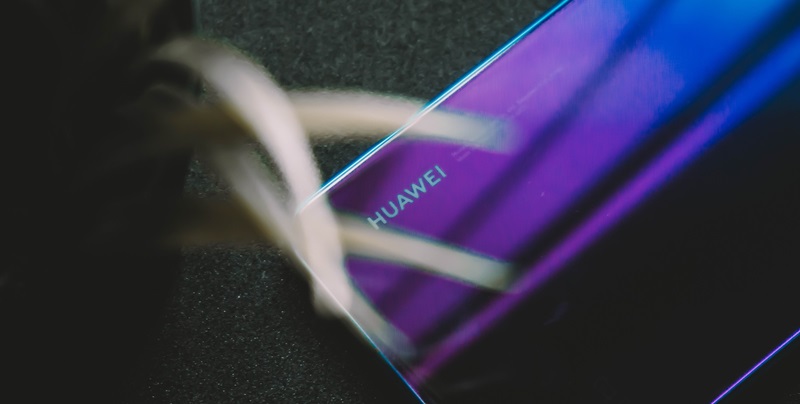Rumors surrounding the highly anticipated Huawei P70 smartphone series have been buzzing in the tech world. According to these rumors, the P70 is expected to incorporate some of the groundbreaking innovations introduced in its predecessors, the P60 Pro and Mate 50 Pro. With a particular focus on enhancing the photography experience, Huawei aims to solidify its position as a leader in smartphone camera technology.
Enhanced Camera Capabilities
Renowned for its commitment to innovation, Huawei continues to push boundaries in various areas, notably excelling in smartphone photography. This commitment is exemplified by the current crown holder, the P60 Pro, which tops the prestigious DXOMARK ranking. Huawei’s relentless pursuit of excellence ensures that the P70 series will introduce cutting-edge camera capabilities, surpassing its predecessors.
Huawei’s Dominance in Photography
With the P60 Pro’s success, Huawei’s domination in smartphone photography is undeniable. The brand consistently delivers exceptional camera configurations that capture stunning images. Whether through advancements in hardware or software, Huawei remains at the forefront of the industry, setting benchmarks for others to follow. As photography enthusiasts eagerly await the P70 series, the anticipation for improved photography features is palpable.
Key camera features of the P70 Art Model include
Among the rumored models in the P70 series, the P70 Art is expected to take smartphone photography to new heights. The standout feature of this model is the incorporation of a 1-inch Sony IMX989 main sensor, known for its exceptional performance in low-light conditions. This sensor is further enhanced with customized sub-pixels that adopt the RYYB structure, delivering improved color reproduction and reduced noise. The P70 Art’s camera lens boasts 7 elements, including 1 glass and 6 plastic lenses, along with a variable aperture. These features combine to provide users with unparalleled clarity and versatility.
Camera specifications of the P70 Pro and P70 Art models
The P70 Pro and P70 Art models are rumored to share several exceptional camera specifications. Both variants are said to be equipped with a powerful 64-megapixel Omnivision sensor paired with a telephoto lens capable of offering a remarkable 5x optical zoom. This ensures that users can capture close-up shots with clarity and detail, even from a distance. With these impressive camera specifications, the P70 Pro and P70 Art models promise to deliver a photography experience that surpasses conventional smartphone capabilities.
Additional Features
In addition to the groundbreaking camera advancements, Huawei is rumored to introduce the P70 series with a new XMage image coprocessor. This coprocessor is designed to enhance image processing capabilities, allowing for improved image stabilization, noise reduction, and enhanced dynamic range. Moreover, Huawei’s HarmonyOS 4 is expected to be integrated into the P70 series, providing a seamless and intuitive user experience, further elevating the overall camera capabilities.
The Huawei P70 series, with its promise of significant improvements in smartphone photography, has created a great deal of excitement among tech enthusiasts. With innovations derived from the P60 Pro and Mate 50 Pro, Huawei has proven its commitment to pushing the boundaries of smartphone cameras. From the rumored incorporation of a 1-inch Sony sensor to the extraordinary camera configurations featured in the P70 Pro and P70 Art models, Huawei aims to revolutionize smartphone photography yet again. As the release day approaches, anticipation reaches a crescendo, with eager users awaiting the opportunity to experience the P70 series and the remarkable photography capabilities it brings.

